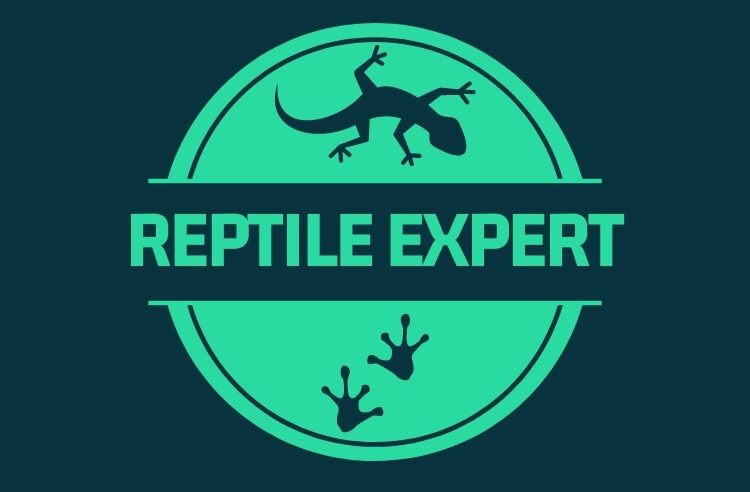Of all of the unique species to be found on the Galapagos islands, the giant (Geochelone nigra) – the world’s largest tortoise – is probably the best known and certainly the most instantly recognised.
Believed to have evolved from a single ancestral type of tortoise, before the arrival of humans there were possibly as many as 15 subspecies living on the different islands that make up this small archipelago located 600 miles off the coast of Ecuador – and a total population of some 250,000 animals. Today only 11 kinds – and 20,000 individuals – remain.
Although in the past tortoises have tended to come off very much the worse for their encounters with man, these endangered reptiles – all subspecies are listed on Annexe 1 of CITES – are at last beginning to benefit as a range of conservation activities are helping to halt their slide towards extinction.
Charles Darwin Research Station
The Charles Darwin Research Station is one of the institutions at the forefront of this effort – apt, considering how pivotal the physical differences between the island races that Darwin observed were to prove in shaping his thoughts on evolution and the process of natural selection.
Founded in 1959, the Charles Darwin Foundation has developed an enviable international reputation – and not least for its conservation and research work on giant tortoises.
One of the most successful programmes has been the collection and captive-hatching of wild-laid eggs from vulnerable areas of the islands. The young hatchlings are subsequently carefully reared at the facility until they grow large enough to stand a good chance of survival once they are released back into the wild. Since giant tortoise mortality rate is at its greatest during these critical early days, this approach has been very effective in boosting the free-living population.
The centre has also been running a highly successful captive breeding project since the 1970s – with the Española Tortoise (G. n. hoodensis) being unquestionably the most prolific breeder. Eleven females and three males – one being repatriated from the San Diego Zoo to join the programme – have produced more than 1,000 young tortoises between them, representing 40 per cent of the total number of all subspecies reintroduced into their respective native homes.
Darwin and The Giants
When the 26-year old Darwin visited in 1835, he quickly noticed that the giant tortoises he saw on each of the islands were slightly different. Those which lived in drier areas had developed saddle-like extensions to the fronts of their shells to allow them to reach up and eat taller plants, while those from wetter islands kept a more “traditional” tortoise shape, since they were grazing at ground level.
Since the Galapagos are recently formed volcanic islands – only 3 million years old, which is very, very young in geological terms – the giants could not have always lived there, leading Darwin to reason that they were probably descended from tortoises swept there from the mainland. Over 160 years later, modern genetic techniques have shown how right his suspicions were – with all 11 of the existing tortoise races shown to be closely related subspecies of Geochelone nigra.
Although the tortoises alone did not bring him to what was to be a world-changing realisation, from his writings, it is clear they undoubtedly played a significant part along the way.
Despite all the work of the Charles Darwin Centre and other institutions, the Giant Tortoises of the Galapagos are certainly not out of danger and the threat of extinction remains. The Centre’s long-term resident “Lonesome George”, for example, is thought to be the last surviving pure-bred Abingdon Island Tortoise (G. n. abingdoni). Attempts to breed him with closely related females, have only resulted in infertile eggs, at least to date, but he’s only 80, so time may yet be on his side. A female Galapagos Tortoise named “Harriet” reportedly died in Australia Zoo in 2006 – at the ripe old age of 175.
As the world marks the 150th anniversary of the first publication of Darwin’s book “On the Origin of Species” in 2009, it’s strange to think that some of the animals that helped him reach his ground-breaking conclusions might still be around today – but then if you’re a giant tortoise, you do live a long time!
